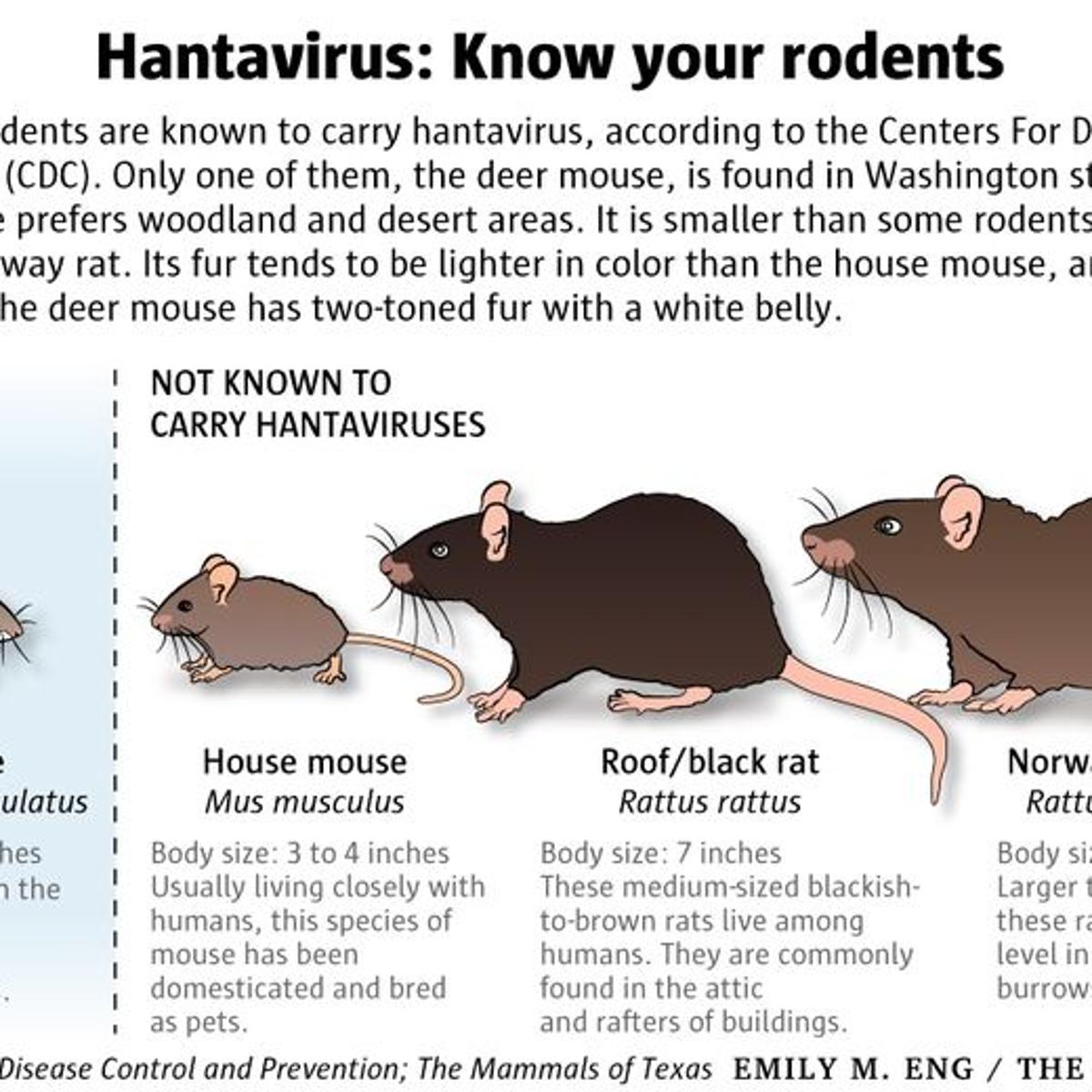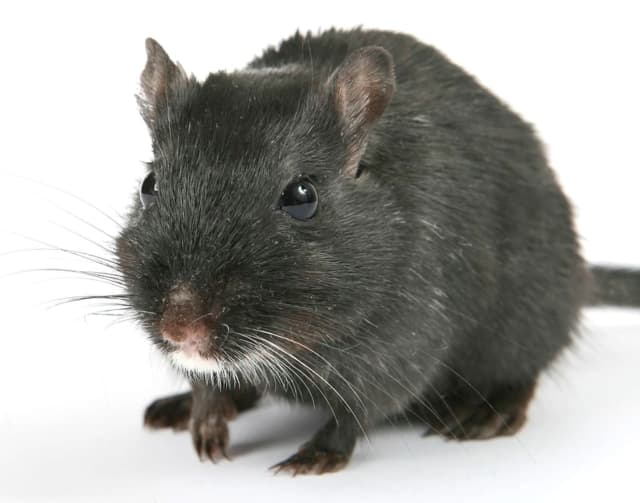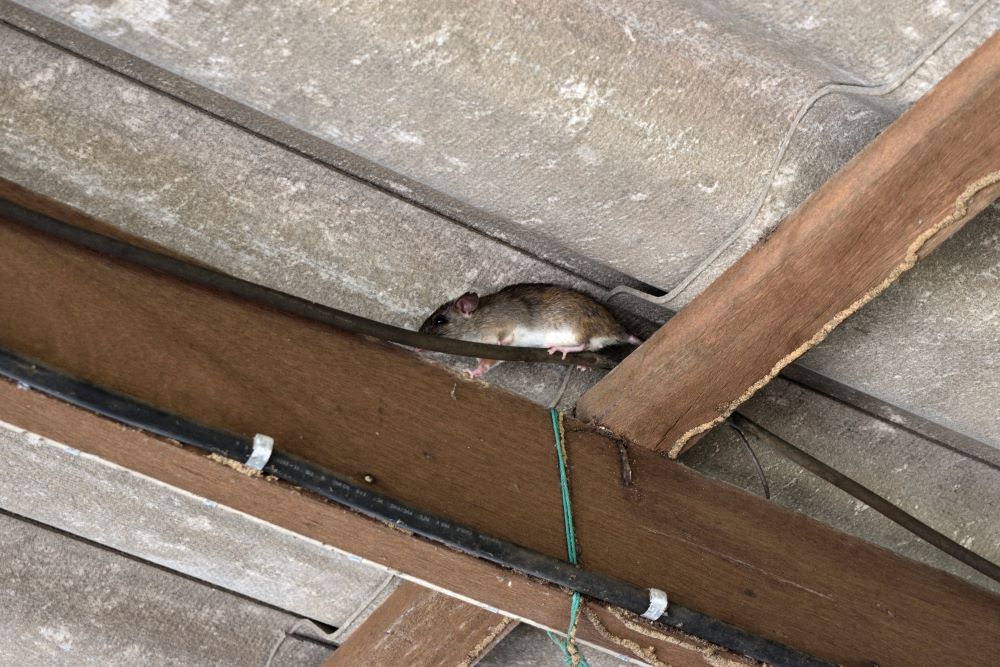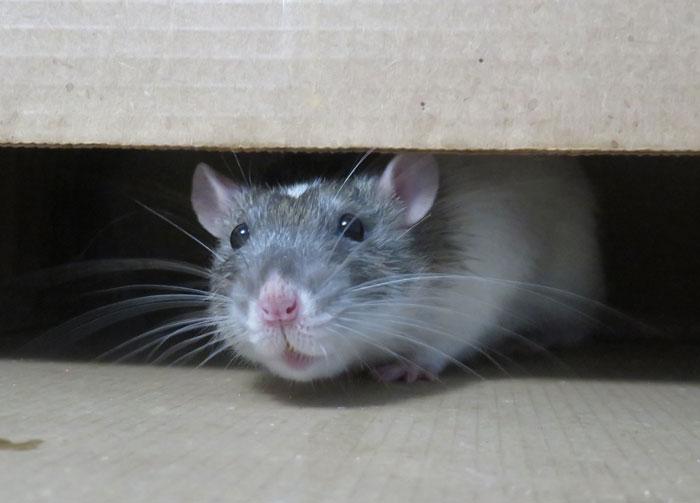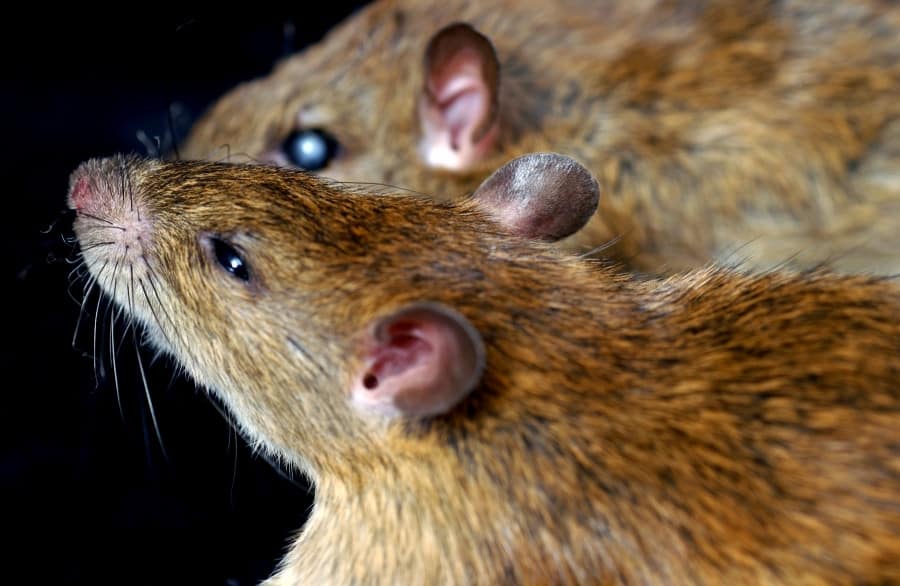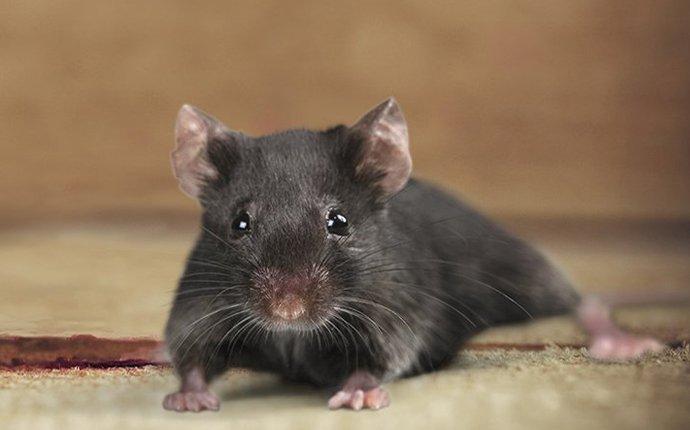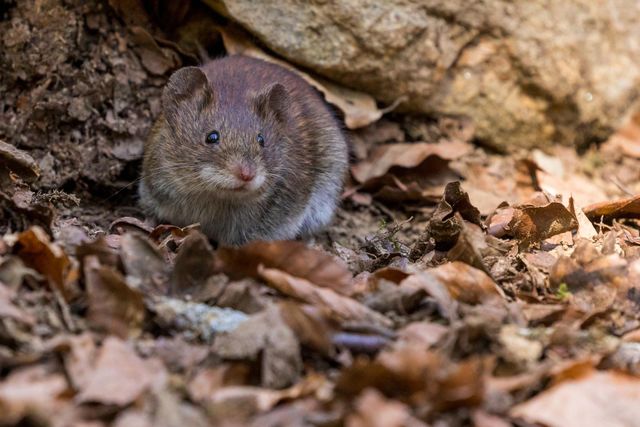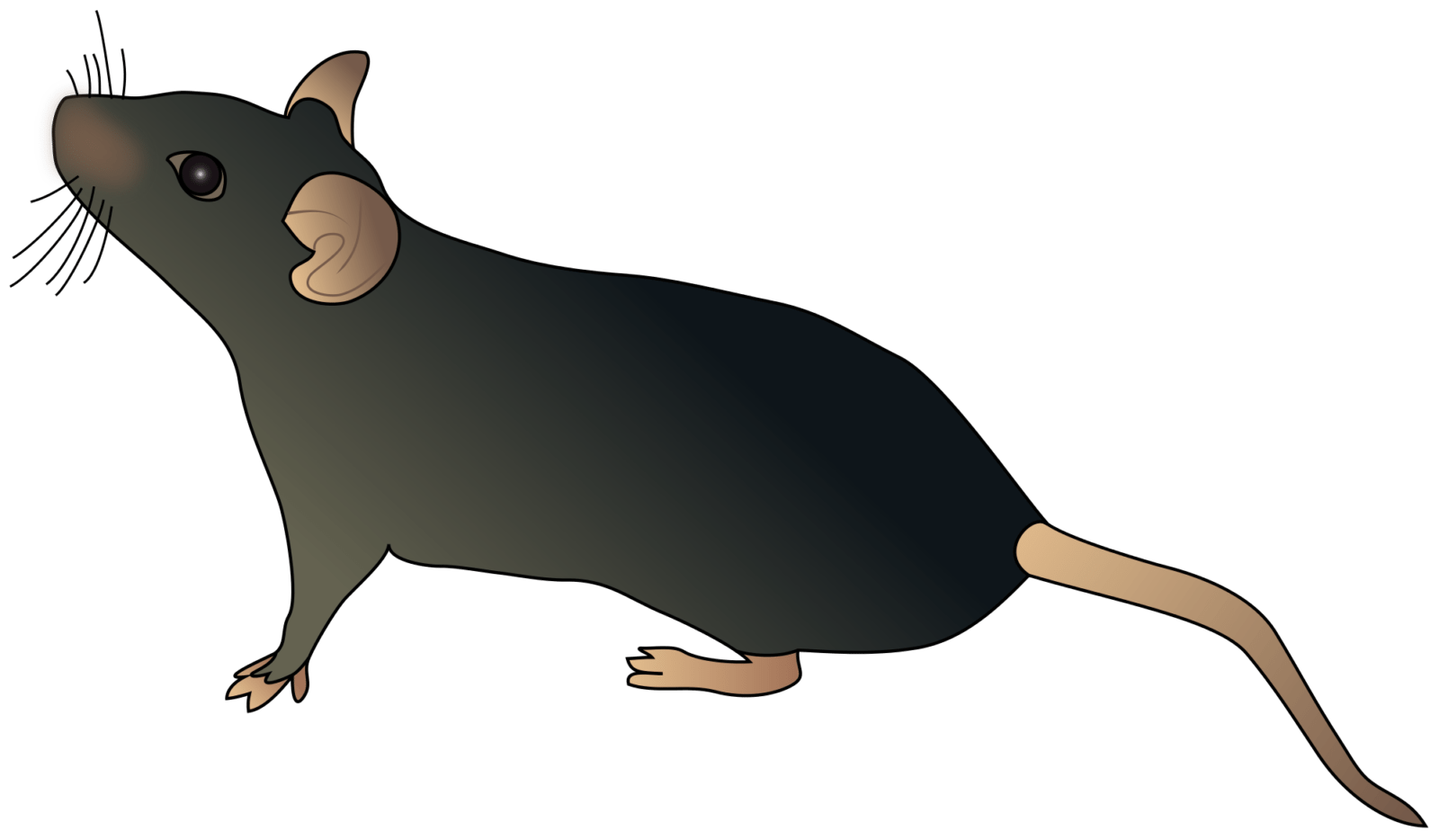Cdc Attic Rodent Infestations

Deer mouse peromyscus maniculatus cotton rat sigmodon hispidus rice rat oryzomys palustris white footed mouse peromyscus leucopus agent.
Cdc attic rodent infestations. Breathing in dust that is contaminated with rodent urine or droppings. How the disease spreads. Mice can squeeze through a hole the size of a nickel and rats can squeeze through a hole the size of a half dollar. Where the disease occurs.
Rodent nesting materials can be found in many areas of a vehicle. The cdc said to follow established guidelines when cleaning up after rat infestations to prevent exposure to rodent borne diseases. Rodents including squirrels mice and rats may construct their nests in cars trucks campers and other vehicles especially if such vehicles are used infrequently. If you trap inside your home but do not seal up rodent entry holes new rodents will enter the dwelling.
They added that rodent population fluctuations are often. Cleaning and disinfection of vehicles with rodent infestations. The pandemic might reduce the rodent population some but the return to business for restaurants might subsequently create a rodent boom the cdc warns. Clean up spilled food right away and wash dishes and cooking utensils soon after use.
Diseases carried by rodents can also be spread to humans indirectly through ticks mites or fleas that have fed on an infected rodent. Prevent contact with rodents by cleaning up your home workplace or campsite. Worldwide rats and mice spread over 35 diseases. These diseases can be spread to humans directly through handling of rodents through contact with rodent feces urine or saliva or through rodent bites.
Keep outside cooking areas and grills clean. Throughout most of north and south america. The cdc said some areas have reported an increase in rodent activity and that environmental health and rodent control programs should be prepared for more calls about unusual or aggressive. Prevent rodents from entering the home by checking inside and outside the house for gaps or holes.
After natural disasters like hurricanes communities often experience a decline in rodent populations followed by an increase in rodent populations as commercial activity returns to normal. Inside under and behind kitchen cabinets refrigerators and stoves. Eliminate possible rodent food sources. Natural rodent predators such as non poisonous snakes owls and hawks may also help control and reduce the number of rodents outside the home.
Keep food in thick plastic or metal containers with tight lids.







